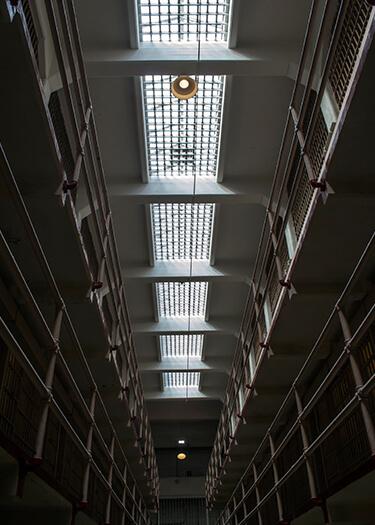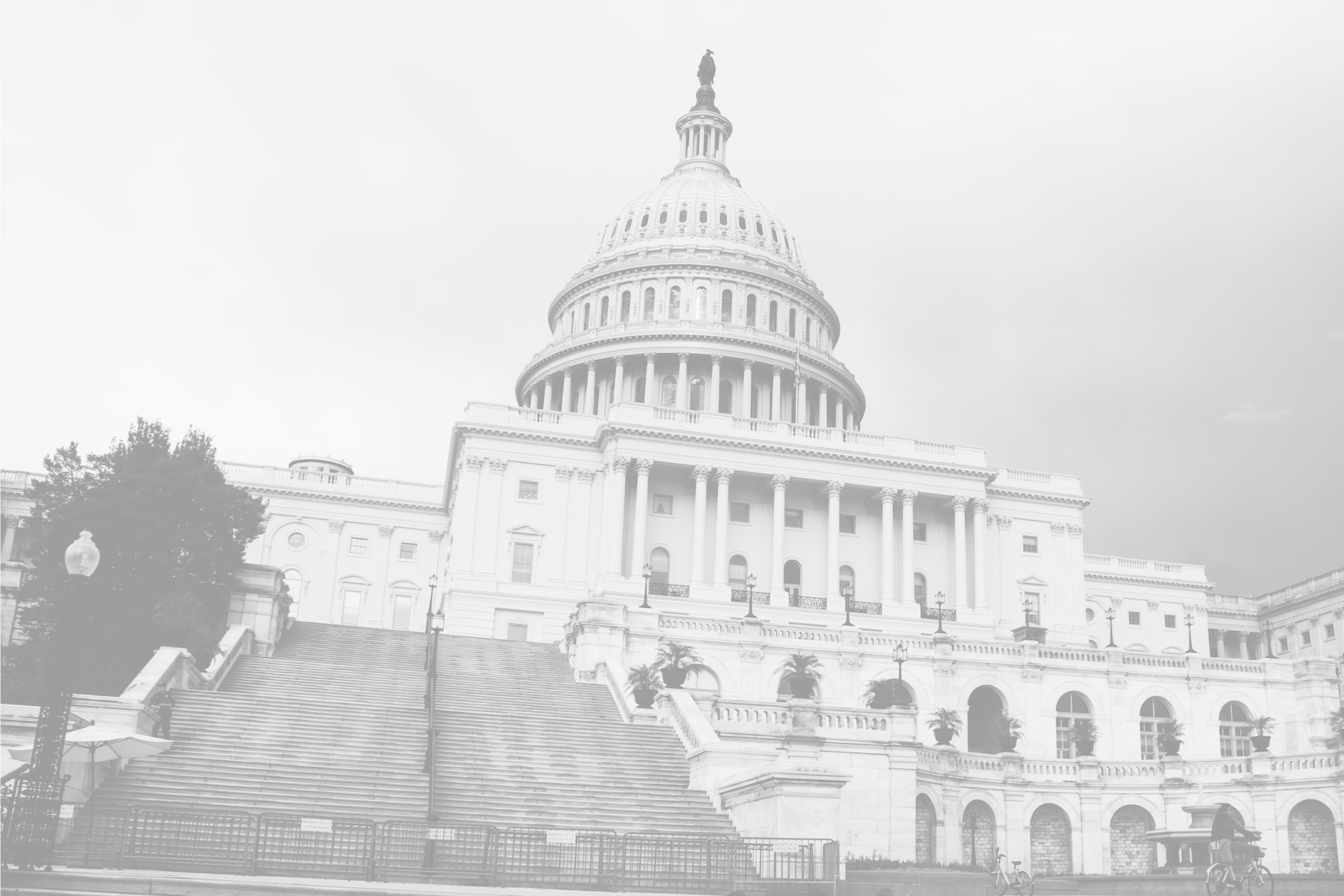It is difficult for many to believe that even nearly 20 years after the 9/11 terrorist attacks, its effects are still being felt throughout Lower Manhattan. But that is precisely what is happening, as illustrated by Mayor de Blasio’s plan to build a new jail in the Chinatown neighborhood. A coalition of residents, area workers, and business owners known as Neighbors United Below Canal (NUBC) recently filed a lawsuit seeking to block construction, arguing, among other things, that the large construction project would put area stakeholders at risk due to the continuing presence of 9/11 toxins there. The NUBC won their suit in New York State Supreme Court, but the city has appealed, leaving the future of the proposed jail an open question. Our 9/11 victims lawyers explain why 9/11 toxins play such an important role in this project below.
9/11 Toxin Exposure Zones
The jail’s proposed location at 125 White Street lies within the exposure zones for both the 9/11 Victim Compensation Fund (VCF) and the WTC Health Program. These exposure zones are defined as the areas in which residents, workers, and students were exposed to the toxic dust cloud that engulfed portions of the city when the World Trade Center towers fell. The VCF’s exposure zone consists of Lower Manhattan below Canal Street, while the WTC Health Program’s exposure zone consists of Lower Manhattan below Houston Street and any block in Brooklyn that is wholly or partially contained within a 1.5-mile radius of Ground Zero.
9/11 Toxins Still a Health Risk Nearly 20 Years Later
Individuals who live and work in the VCF and WTC Health Program exposure zones, including Chinatown, are still at risk of developing 9/11-related conditions. This because the pile at Ground Zero was, in the words of atmospheric scientist Thomas Cahill, a “chemical factory” that cooked over one million tons of debris at over 2,000 degrees for 99 days. The resulting fallout — comparable only to the Chernobyl and Fukushima disasters — coated swaths of the city in toxic dust that was subsequently inhaled, leading to numerous health conditions, including a wide range of cancers and respiratory illnesses. Extensive efforts were made to clean the toxic dust from the city, but its residue remains.
The specific danger at issue here was the presence of 9/11 toxic dust residue in a building that was slated to be demolished for the new jail. In his ruling, the Hon. John J. Kelley noted that “even though the event occurred 19 years ago, health officials continue to discover that substantial traces of fallout remain unmediated in several downtown locations, and that both residents and first responders are still developing symptoms from the exposure.” Although the presence of 9/11 toxins was far from the plaintiffs’ only objection to the proposed jail, this case offers yet another example of the ongoing, but often overlooked, effects of 9/11 that are still being felt today.
Contact Our 9/11 Victims Lawyers for More Information on 9/11 Toxins and VCF Benefits
If you lived, worked, or studied in Lower Manhattan on or after the 9/11 attacks, you may be eligible for VCF benefits. For more information, please contact the 9/11 victims lawyers at Pitta & Baione by using our online contact form or by calling us at 844-982-2667.



